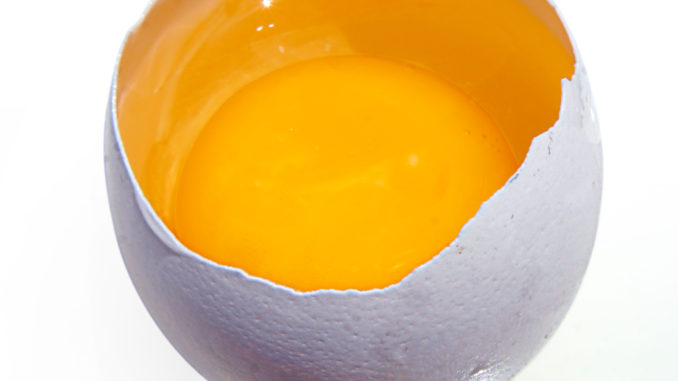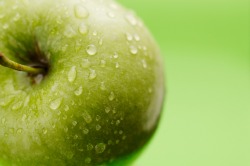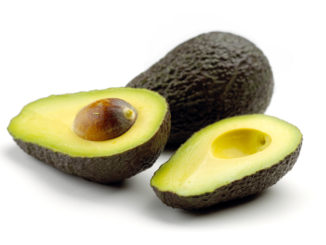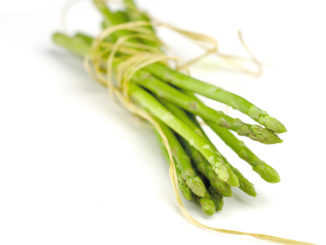
Vitamin D “The Sunshine Vitamin”
As you go about your diet plan, making sure to take in plenty of vitamin D foods will be imperative to your dietary success.
Vitamin D is often referred to as the ‘sunshine’ vitamin, so while it is important to get those vitamin D foods into your diet, you can also get higher amounts of this vitamin simply by standing out in direct sunlight for brief periods throughout the day.
Just note that too much unprotected sun exposure can put you at risk for skin cancer development, which is why choosing vitamin D foods is so imperative instead.
By getting these in place in your diet and then keeping your unprotected sun exposure to a lower level you can safeguard your health while still getting enough of this nutrient.
Just like vitamin A, vitamin D foods will contain this nutrient that is fat soluble in the body. This means that upon consumption of vitamin D foods, the body will take it and store it in the fat cells if not required immediately for use.
Because of this, it can become toxic in higher daily dosages, so it’s important to be mindful of how many vitamin D foods you’re consuming. You definitely need to get in enough, but on the other hand, you don’t want to take in too many.
A List of Foods High In Vitamin D

When it comes to getting in vitamin D foods, your top choices will be:
- Alfalfa
- Cod fish
- Cod liver oil
- Cow’s milk
- Cold pressed vegetable oil
- Fortified cereal
- Fortified orange juice
- Fortified margarine
- Parsley
- Salmon, baked or broiled
- Sardines
- Shiitake mushrooms
- Shrimp, steamed or boiled
- Whole eggs

*The best source of vitamin D is direct sunlight*
So make sure that you aren’t missing out on this very critical nutrient. By getting sufficient levels of vitamin D foods into your diet regularly you can help to protect yourself against a wide variety of different conditions and also promote stronger bones.
Vegetarians especially will really want to pay attention to vitamin D foods since the most concentrated sources of this vitamin do come from animal products, so extra care will have to be taken to ensure that they are getting enough.
With proper planning however it is perfectly possible to get adequate vitamin D foods on a vegetarian diet.
Let’s have a quick look at some of the important things that you need to know about vitamin D.
What Does Vitamin D Do?
The very first function of vitamin D foods in the diet will be to help promote strong bones. Calcium is very often thought to be the most important mineral for promoting strong bones but the truth is that calcium and vitamin D are going to work together to strengthen your bones and reduce your risk of stress fractures.
This is one big reason why you’ll often find vitamin D fortified milk. Milk is already an excellent source of calcium in the diet, so by adding vitamin D to it, manufacturers have made it a stand-out food source for a healthy skeletal system.
In addition to promoting bone health, vitamin D is actually a hormone in the body as well. It’s going to play a key role helping to regulate your muscular system, your immune system, as well as the level of phosphorus balance found in the body.
Vitamin D foods will also play a role in helping to moderate insulin activity in the body, which is very important for helping you manage carbohydrates as they are consumed in your daily diet.
Since vitamin D foods to play such a large role in the immune system, they’ll be important for any individuals who are dealing with inflammatory conditions such as rheumatoid arthritis, multiple sclerosis, Crohn’s disease, as well as lupus. Individuals who are battling these conditions may, on recommendation of their doctor, increase their dosage of vitamin D foods or supplementation to help better manage and treat these illnesses.
Parts of the Body Affected By Vitamin D
- Blood clotting
- Bones
- Heart
- Skin
- Teeth
- The nervous system
- Thyroid
Vitamin D May Help With Regulating Blood Pressure
Another important role of vitamin D foods that you’ll want to note is the fact that they will also go into regulating your blood pressure level. They do this by making sure that the body retains proper sodium levels, which then also means it’s maintaining the right amount of water balance as well, hence blood pressure stays in a more normal range.
Those who aren’t taking in enough vitamin D foods may note high blood pressure developing, so this is a rather simple and straightforward way of managing this issue.
Another very important role for vitamin D foods is in the regulation of muscle composition. Those who aren’t taking in sufficient levels of vitamin D foods regularly may start to accumulate additional fat throughout the muscle tissue, which can then impede performance and strength levels.
This will be especially important to consider as the aging process gets underway as muscle mass loss is already quite common with age. If you add this problem into the mix, strength levels will be significantly declining rapidly.
Finally, the last role for vitamin D foods in the body are to help assist in proper mood management. Those who are not eating enough of this nutrient often notice that they are more likely to experience mood disorders such as depression, so getting sufficient levels in daily can help offset this.
Symptoms of Vitamin D Deficiency
The following is a list of vitamin d deficiency symptoms:
- Exhaustion
- Hypothyroidism
- Rheumatic pains
- Rickets
Vitamin D Recommended Daily Amount
The RDA for vitamin d foods is set at 40 IU’s per day for those who are between zero and twelve months of age, 600 IU’s per day for those who are between one and seventy years of age, and 800 IU’s per day for adults who are at age seventy or beyond. Those women who are pregnant or lactating will also require 600 IU’s per day.
So there you have all the information regarding vitamin d and the best food sources to make sure you reach the RDA.



I recently had my annual physical and my vitamin D levels were extremely low. The usual range is 32 to 100. The optimum levels according to what I have read are around 70. My level was measured at just 20.
I have been taking 50,000 units of Vitamin D every week for the past 8 weeks, and I am still aware of some fatigue and body aches. I get pain in my arms, neck and back. I also have been dealing with some depression over the past few weeks. I am starting to wonder if my Vitamin D levels being too low has made me feel this way?